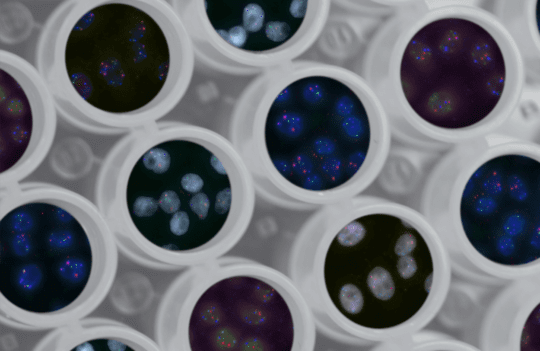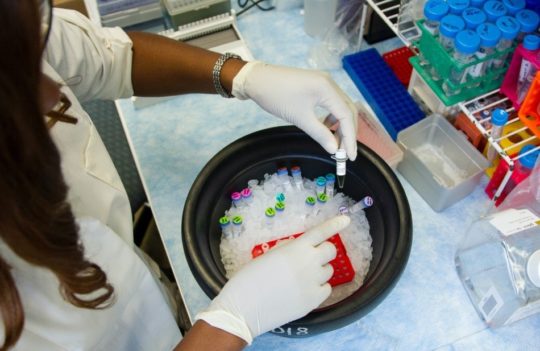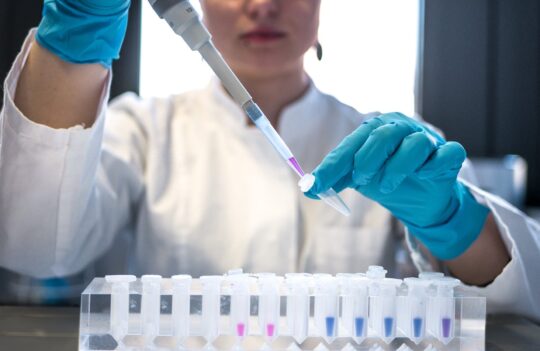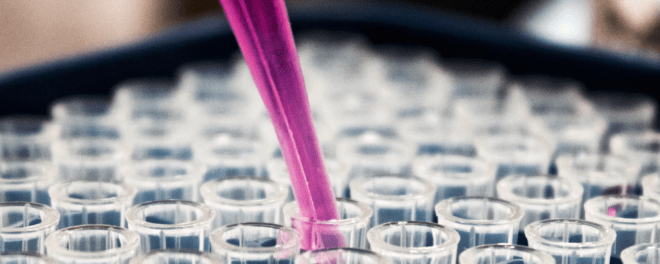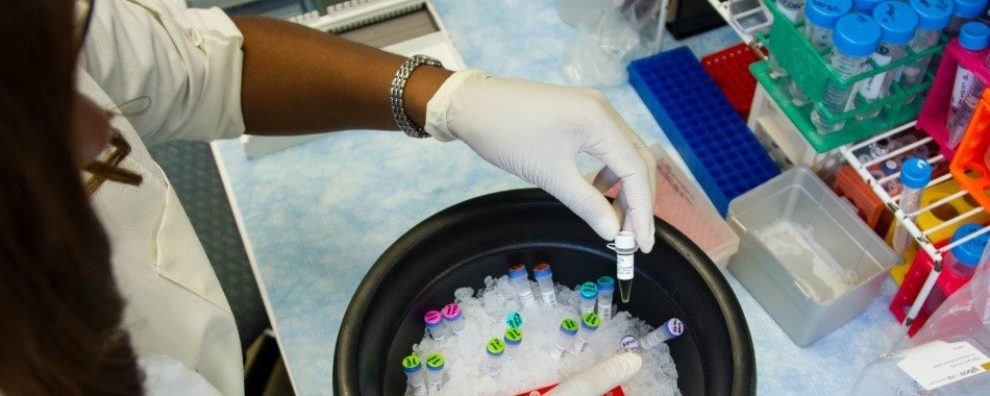 Protein production
Protein production
Hands-on tips on how to improve transient expression
Mammalian cell lines are the preferred expression system for biopharmaceutical production and are widely used in recombinant protein expression for research and diagnostics. But whereas most biopharmaceuticals require the use of costly stable expression systems to meet quality and quantity standards, non-therapeutic proteins and their therapeutic counterparts in early development can be generated in practical and economical transient systems.
Why has transient expression become a popular alternative? The term transient expression implies the short-term production of recombinant proteins over several days or weeks. The process has been developed to overcome mammalian cells’ inability to replicate exogenous DNA vectors.
Transient expression remains invaluable because:
- It is an inexpensive process for the recombinant expression of a wide range of proteins, particularly those with post-translational modifications and complex structures
- Allows the rapid production of high-quality batches of recombinant proteins without the need for stable integration (a time-consuming and costly process)
- Results in high purity thanks to the ease of subculturing mammalian cell lines (e.g., CHO or HEK293) in chemically defined media
Given the transient nature of this process, optimization is key to ensuring a good protein yield, robust quality, and reproducibility. Several strategies can be used to enhance the production in these systems:
- Optimization of the expression vector
- Choosing chemical over viral-based transfection
- Maximizing transfection efficiency
1) Optimize your expression vector
Promoters (e.g., CMV, SV40, or EF1A) and protein tags that enhance purification and/or solubility greatly affect the final yield of recombinant proteins. Besides ensuring all genes of interest are properly codon-optimized, it is always advisable to screen several combinations of promoters and tags to ensure the vector is fully optimized for high expression.
2) Choose chemical over viral-based transfection methods
Although viral transduction is known to achieve high transfection efficiencies, this method requires access to BSL2 facilities, it is known to compromise cell viability, and quickly becomes cost-prohibitive at a large scale.
In contrast, chemical methods are inexpensive, fast, cost-efficient, easy to scale up, and known to preserve the integrity of cells. The most successful methods currently on the market are based on:
- Lipotransfection: when liposomes are used to encapsulate free DNA, allowing the quick uptake by endocytosis.
- Cationic lipid transfection: when liposomes are fused with cationic polymers to form stronger complexes with free DNA. These complexes are subsequently delivered to the cell by endocytosis.
3) Maximize transfection efficiency
Transient expression allows the temporary production of recombinant proteins. For this reason, ensuring an optimal transfection efficiency is key to getting the most out of your experiments.
Preliminary studies using reporter systems are routinely used to determine this property. The most commonly used genes include green fluorescent protein (GFP) and luciferase, which allow quantifying gene expression quickly via fluorescence assays without the need to destroy the cells.
To ensure that transfection efficiency is as high as it can be, several approaches can be used:
- Keep cell viability at ≥90% before transfection: to achieve optimal physiological conditions avoid vigorous pipetting and vortexing, routinely test for biological contamination, and subculture for at least 24 hours before transfection.
- Determine optimal cell density: when cell density is too high, it leads to increased adherence, hindering DNA uptake. In contrast, low cell density may result in poor growth and reduced DNA uptake. Determine an optimal cell to ensure cells are actively dividing but not yet in the stationary or confluent phase.
- Determine the best medium for optimal growth: different cell types have different nutritional requirements. For this reason, growth media can make or break your experiment easily. Ensure that the media provides all necessary nutrients to your cells, that it is fresh and devoid of contamination. Moreover, avoid adding unstable components too far in advance as their degradation products may harm cell growth.
- Ensure media compatibility with transfection method: when using chemical-based transfection methods, it is important to understand if media components will interfere with the transfection process. Complex media often hinders the formation of DNA-lipid complexes and hinders complex uptake by endocytosis.
- Always include a positive control for reference
- When expressing antibodies, optimize the heavy to light chain plasmid ratio: the heavy and light chain of antibodies are typically co-transfected in separate plasmids. 1:1 is the recommended heavy to light chain ratio; however, this value may be different for some antibodies.
In sum, transient expression is useful for small to medium-scale production. However, achieving optimal and reproducible efficiency requires optimization of the most vital steps of the process. Each protein will present different challenges and limitations and, thus, require distinct solutions. For this reason, fine-tuning the most important parameters is vital to ensuring the best conditions are achieved.

